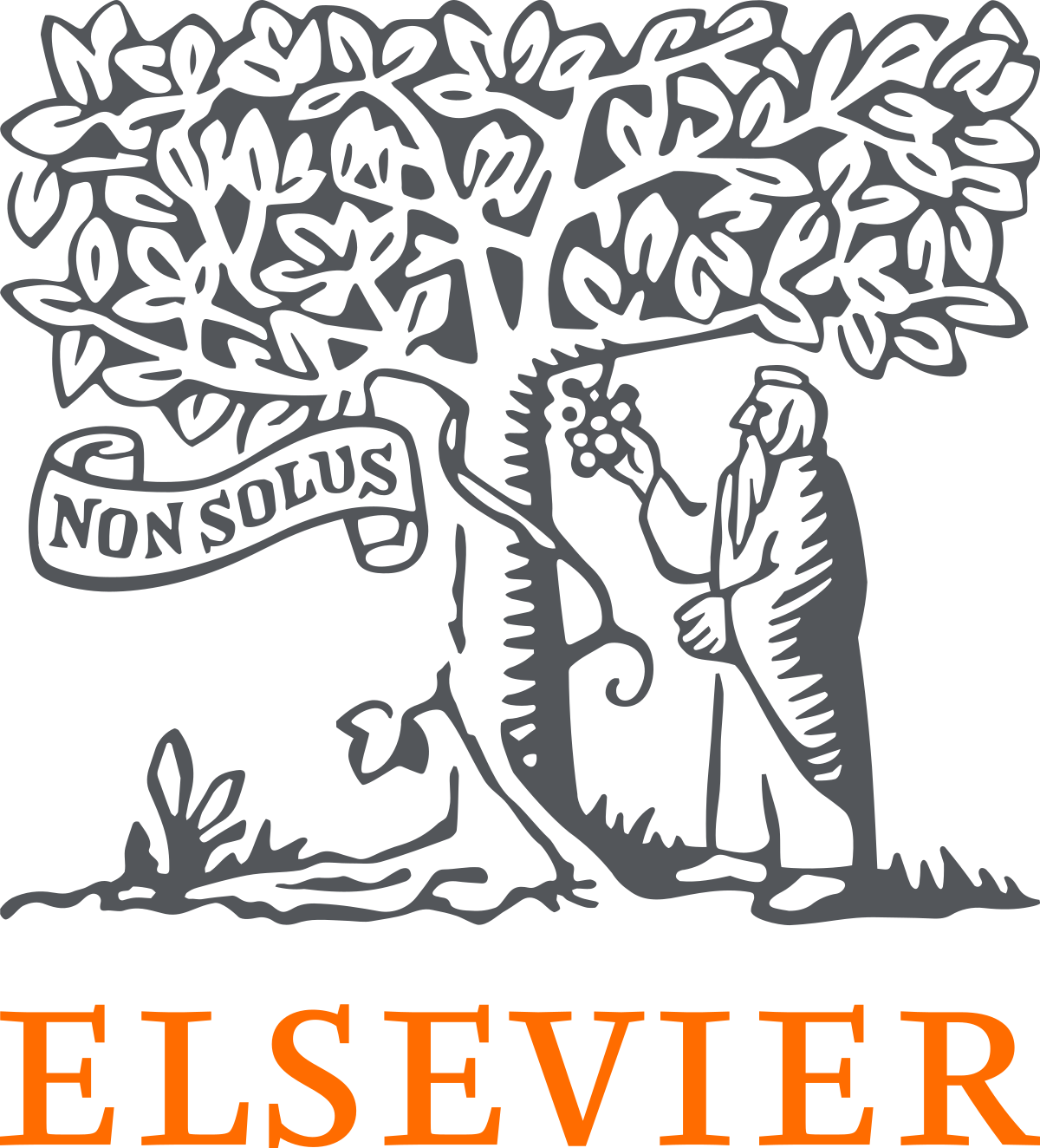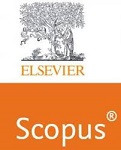The Challenges of Machine Translation from Telugu Literary Text to English: Textual and Contextual Analysis
Keywords:
Machine Translation, Challenges, Google Translator, Syntax, Semantics, Cohesion, Coherence.Abstract
Translation from one language to another is both an art and science. Machine Translation (MT) has been in existence since 1940s and has flourished in recent times due to the proliferation of the web. MT plays predominant role by enabling faster access in getting required translation. However, it is difficult to accept the reality that translation is effective when it comes to literature. Literature is not just a text; it is a collection of expressions, emotions and feelings. Although artificial intelligence is a lead for MT and referred as an intrinsic human quality, it is seldom capable of defining or analysing. Consequently, machine translation particularly for literature facess several challenges. The current paper aims to explore the challenges of MT as an aid used to translate Telugu modern short fiction (Source Language) into English language (Target Language) by online Google Translator (GT). Similarly, the study focusses on various types of language efficacies and textual related hitches such as: semantics, syntax, cohesion and coherence followed by semantics extractions and discourse resolutions. This analysis delves critically into the specific hurdles faced by MT in the context of parsing difference between standard text and machine generated translation.
Downloads
References
Bhattacharyya, Pushpak. Machine Translation. CRC Press, New York. 2015.
Kadiri Goodluck, Igbokwe Uche, Okebalama Udodirim and Egbe Cajetan. “The Use of Lexical Cohesion Elements in the Writing of ESL Learners”. Research in Language, 2016, Vol.3. DII. 101515/rela-2016-0014.
Lingam Keerthi, Ramalakshmi and Inturi Srujana. English to Telugu Rule based Machine Translation System: A Hybrid Approach. International Journal of Computer Applications (0975 – 8887) Volume 101– No.2, September 2014.
Morley David and Neilsen Philip (Edit). Creative Writing. Cambridge University Press, UK. 2012.
Prasad Venkateswara T., Muthukumaran Mayil.G. Telugu To English Translation Using Direct Machine Translation Approach. Science and Engineering Investigations. Vol.2.Issue 12, January 2013. ISSN: 2251-8843.
Ramanamurti R.V.. Guruzada Sahitya Sarvasvam. Telugu Academy, Hyderabad. 2012. Pp.432-437.
Raju Narasimha, Raju Bhadri and Satyanarayana. Effective preprocessing based neural machine translation for English to Telugu cross-language information retrieval. IAES International Journal of Artificial Intelligence (IJ-AI). Vol.10.No.2, June 2021. Pp. 306-315. I.SSN: 2252-8938, DOI: 10.11591.
Shouaib Mohammad. Discovering the Challenges of Machine Translation from Dari Language into English Language. Riels Hournal. Vol. 3, No. 2, June 2022 | Page 183-193 |
Sarzhoska-Georgievska Emilija. Coherence: Implications For Teaching Writing. English Studies at NBU, 2016. Vol. 2, Issue 1, pp. 17-30. pISSN 2367-5705, eISSN 2367-8704
Sugiarto Ruby Bambang and Siregar Umar Bahren. Lexical Cohesion in English – Indonesia Machine Translation Output: The Realization Of Manual Post-Editing. Journal of Applied Linguistics and Literacy. February. Vol.7. No.1.2023. ISSN 2398-8530.
Suryakanthi .T and Sharma Kamalesh. Discourse Translation from English to Telugu. www. research.net/301377132. August 2015.
Downloads
Published
How to Cite
Issue
Section
License

This work is licensed under a Creative Commons Attribution-ShareAlike 4.0 International License.
All papers should be submitted electronically. All submitted manuscripts must be original work that is not under submission at another journal or under consideration for publication in another form, such as a monograph or chapter of a book. Authors of submitted papers are obligated not to submit their paper for publication elsewhere until an editorial decision is rendered on their submission. Further, authors of accepted papers are prohibited from publishing the results in other publications that appear before the paper is published in the Journal unless they receive approval for doing so from the Editor-In-Chief.
IJISAE open access articles are licensed under a Creative Commons Attribution-ShareAlike 4.0 International License. This license lets the audience to give appropriate credit, provide a link to the license, and indicate if changes were made and if they remix, transform, or build upon the material, they must distribute contributions under the same license as the original.





